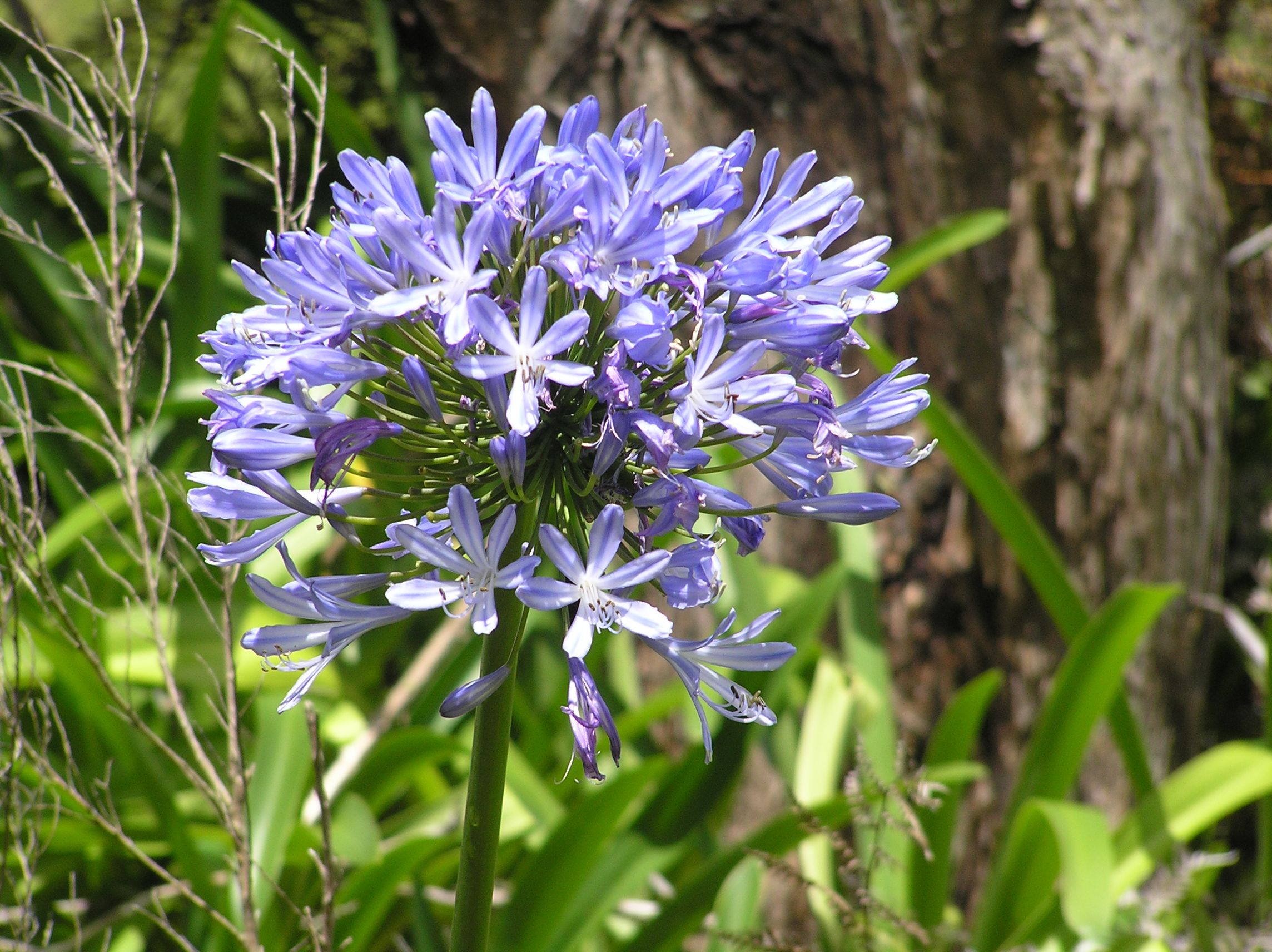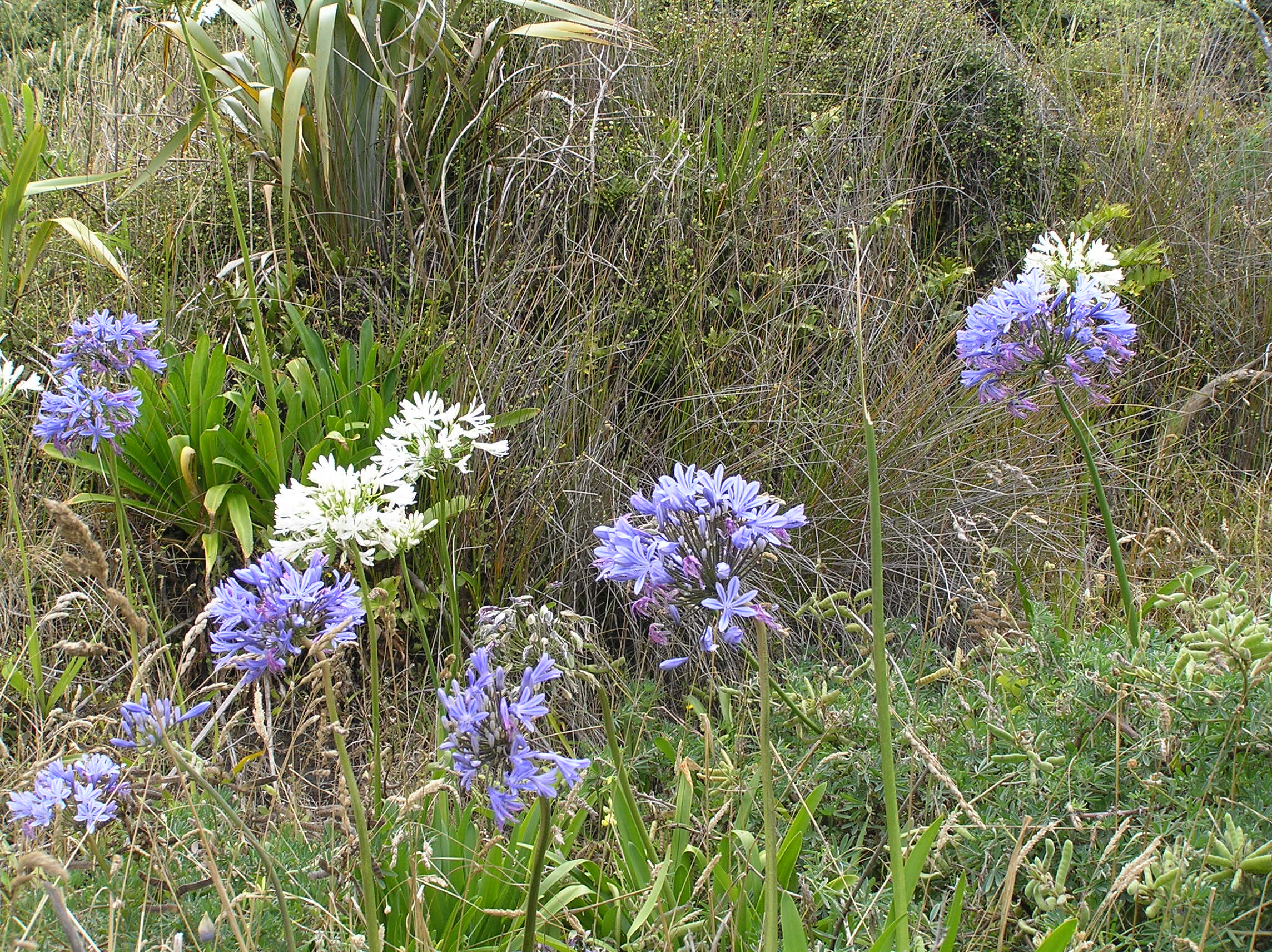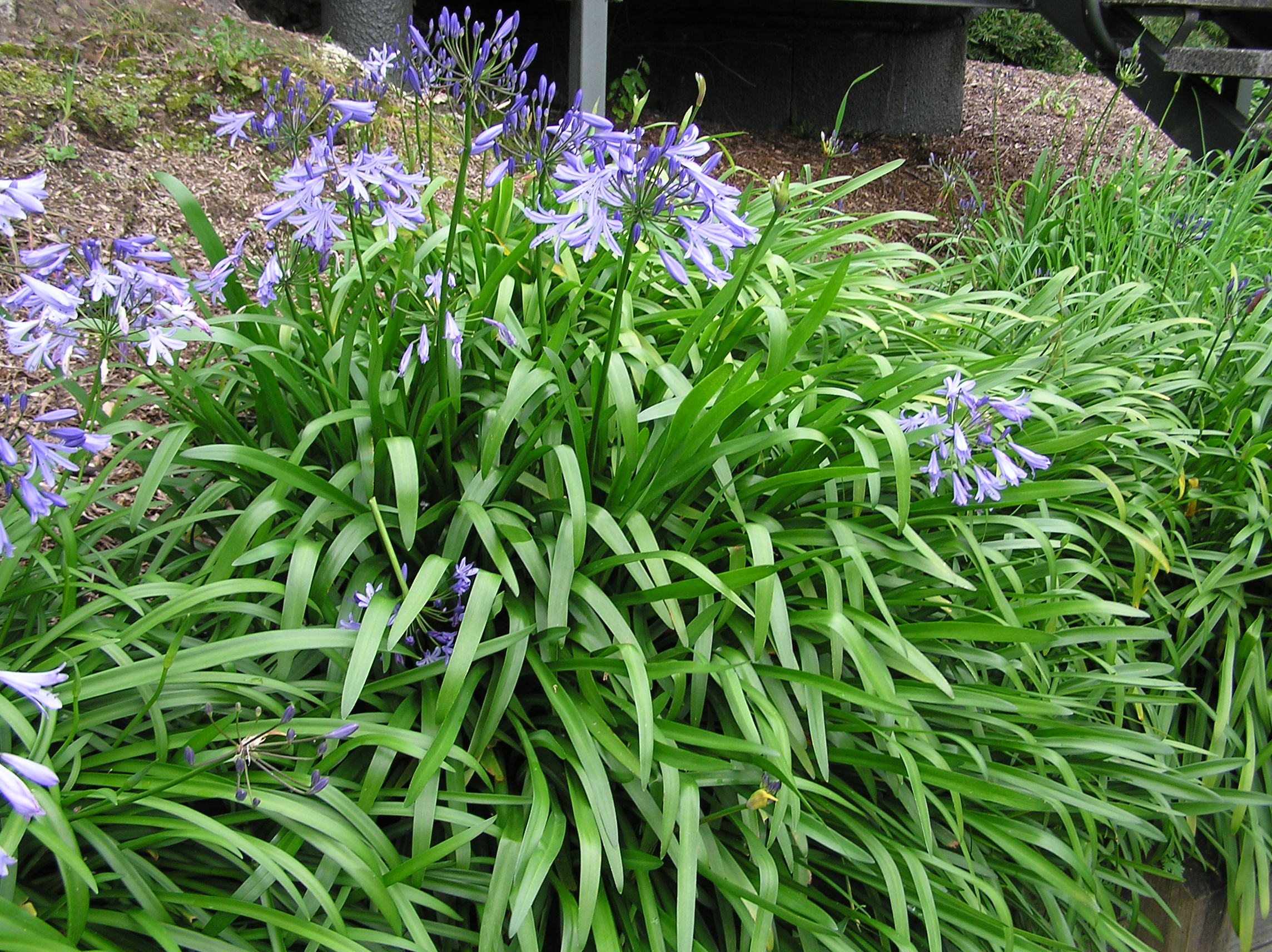Agapanthus is an environmental weed that has jumped the fence from home gardens in New Zealand. It is commonly found on roadsides, coastal cliffs and fringe areas where it outcompetes native plants and prevents forest regeneration. It has been listed as a Sustained Control plant in the Auckland Regional Pest Management Plan 2020-2030.
- HOME
- ABOUT US
- GET INVOLVED
- EVENTS & PROJECTS
- OUR COMMUNITY

- HOME
- ABOUT US
- GET INVOLVED
- EVENTS & PROJECTS
- OUR COMMUNITY

The good news? You can help to prevent the invasion of Agapanthus into our natural environments! Agapanthus is resistant to herbicides, meaning the only way to remove plants is to manually dig them out.
However, Agapanthus plants are currently in flower and producing seed. One plant can produce thousands of new plants. An excellent way to prevent this is to cut off any flower stems and throw away any seeds that you find. As Agapanthus is an invasive weed, it cannot be composted but is okay to be put in your home rubbish.
If you’re out and about, cutting off any flower stems you see will help to prevent the spread of this noxious weed and ensure it doesn’t destroy any new native habitats for our flora and fauna!
A select few cultivars of Agapanthus are approved for growing in your home garden, which are listed on Auckland Botanic Gardens’ website. Look out for these sterile varieties in your local plant nurseries. Any not listed on this website should not be grown as they are not proven to be sterile.


By Samantha van Ryn
© Copyright 2024 - PEST FREE HOWICK WARD
A Howick Local Board funded project
